Introduction
According to a recent report from the National University of Singapore (NUS), researchers have invented a new method for connecting wearable devices. This “wireless body sensor network” increases the signal strength for data transmission by a factor of a thousand compared to traditional technologies, which also means that the battery life of all devices will be significantly enhanced.
Background
One of the main trends in electronic technology over the past decade has been the development of sensors, displays, and smart devices that can be seamlessly integrated into the human body.
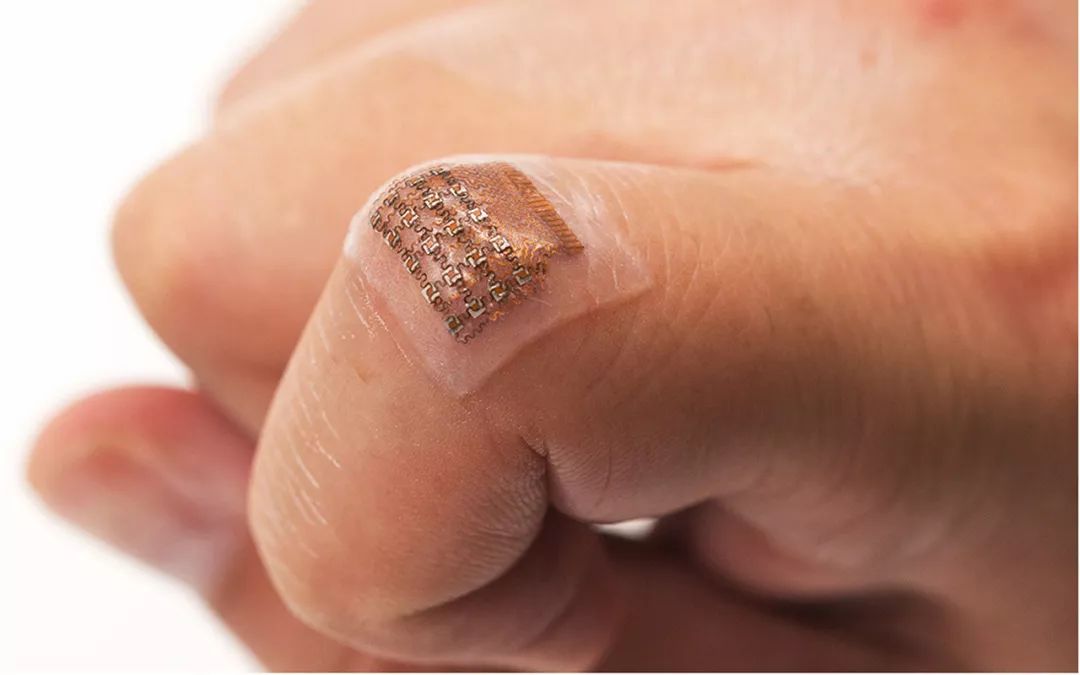
Ultrasound patches that monitor arterial blood pressure deep within the skin (Image source: Chonghe Wang/ Nature Biomedical Engineering)
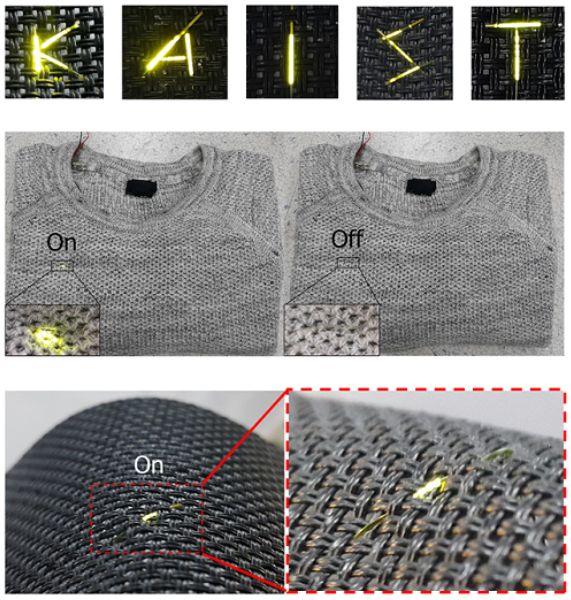
Wearable displays made of OLED (Image source: KAIST)
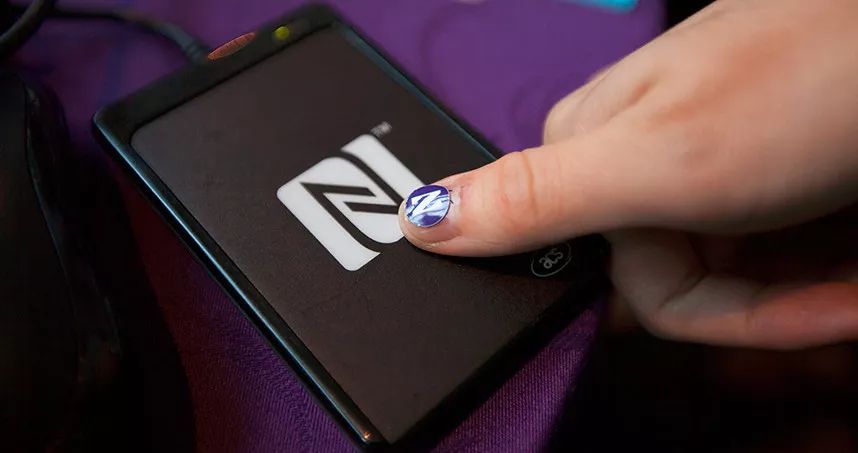
A micro-smart device that accurately measures the UV exposure of the human body under sunlight (Image source: Northwestern University)
Most of these wearable devices are connected to the user’s smartphone and transmit all data via Bluetooth and Wi-Fi signals. However, when Bluetooth and Wi-Fi signals propagate around the human body, these electromagnetic waves can be detected at least within a 10-meter radius around the body, making it possible for hackers to eavesdrop, thus threatening device security.
 Hackers (Image source: Purdue University)
Hackers (Image source: Purdue University)
As the number of devices worn by consumers increases and the data transmitted between devices becomes more complex, there is a need to find more innovative connection methods. For example, the “human communication” technology I previously introduced. This technology transmits signals through low-frequency signals, limiting the signal to within the human body, making it difficult for nearby eavesdroppers to intercept critical private data, thus creating a private communication channel, which is the human body.
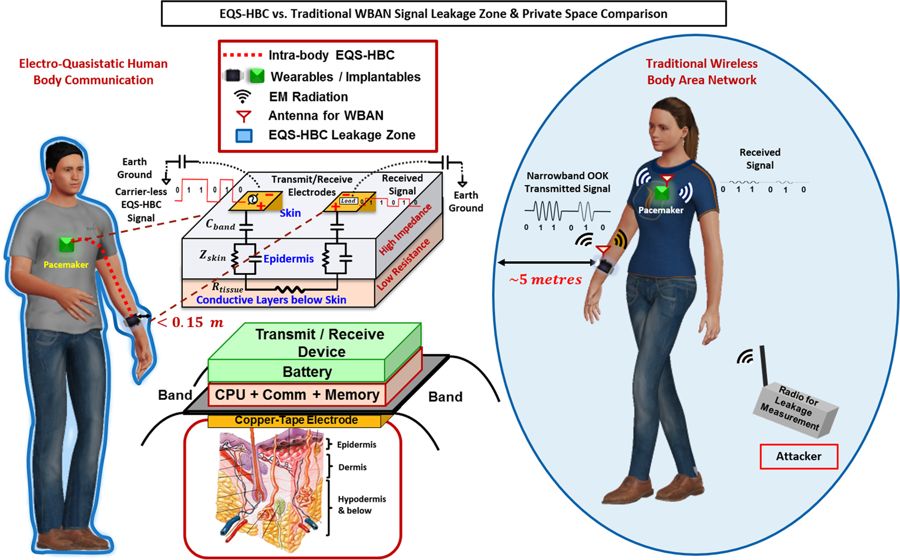
(Image source: References【1】)
Innovation
Today, let’s take a look at a new technology that enables wearable devices to achieve efficient and private networking. Recently, researchers at the National University of Singapore (NUS) invented a new method for interconnecting wearable devices.
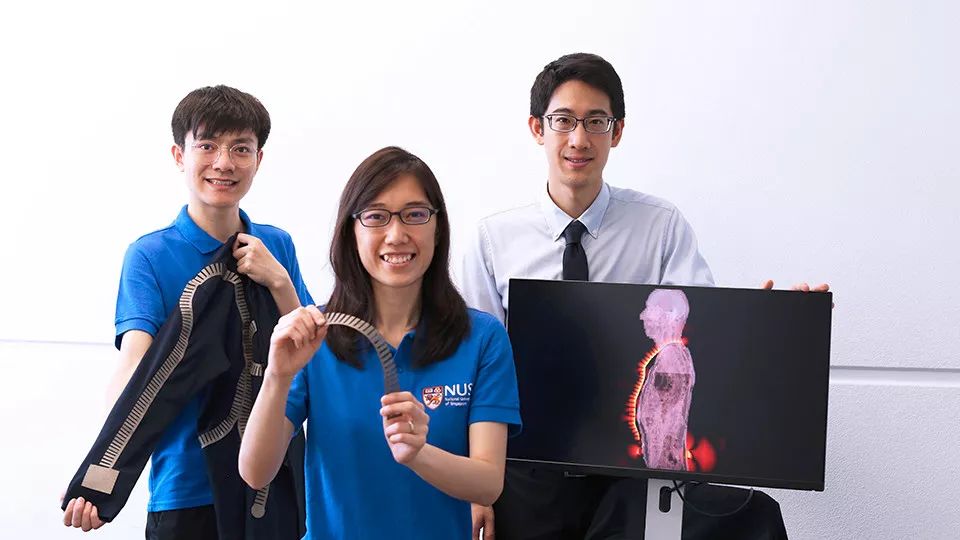
From left: PhD student Tian Xi, researcher Dr. Lee Pui Mun, assistant professor John Ho (Image source: NUS)
They integrated conductive fabrics into clothing, allowing multiple wearable devices to connect dynamically at once. This “wireless body sensor network” enhances the signal strength for data transmission by a factor of a thousand compared to traditional technologies, which also means that the battery life of all devices will be significantly improved. In the future, these wearable devices will form a wireless network for health monitoring, medical intervention, and human-computer interfaces.
This technological breakthrough took a team of 10 members a year to complete and was recently published as the cover story in the June 17, 2019 issue of the journal Nature Electronics.
Technology
Currently, almost all body sensors, such as smartwatches, connect to smartphones and other wearable electronic devices via radio waves like Bluetooth and Wi-Fi. These waves radiate in all directions, meaning that most of the energy is lost in the surrounding area. This method significantly reduces the efficiency of wearable technology because most of the battery life is consumed in attempting to establish connections.

(Image source: NUS)
Therefore, the NUS Institute of Health Innovation and Technology and assistant professor John Ho and his team aimed to limit the signals closer to the body to enhance efficiency.
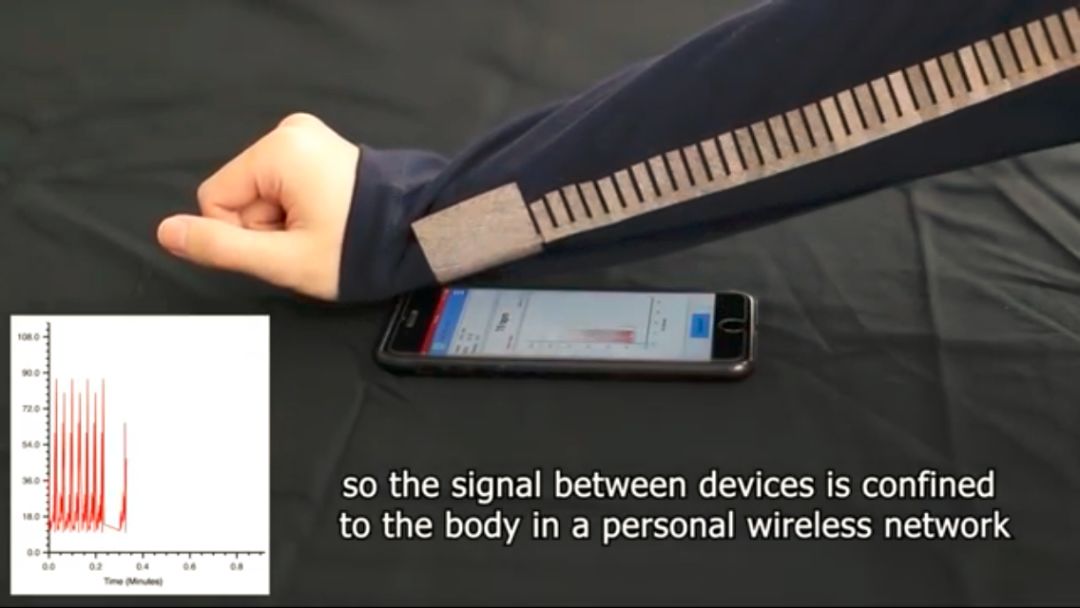
(Image source: NUS)
Their solution was to retrofit ordinary clothing with conductive fabrics made from metamaterials. These metamaterials do not send radio waves into surrounding space but can create “surface waves”. These surface waves can wirelessly propagate on the clothing around the body. This means that the energy of signals between devices remains close to the body rather than dispersing in all directions. Therefore, wearable electronic devices use much lower power than usual and can detect much weaker signals than usual.
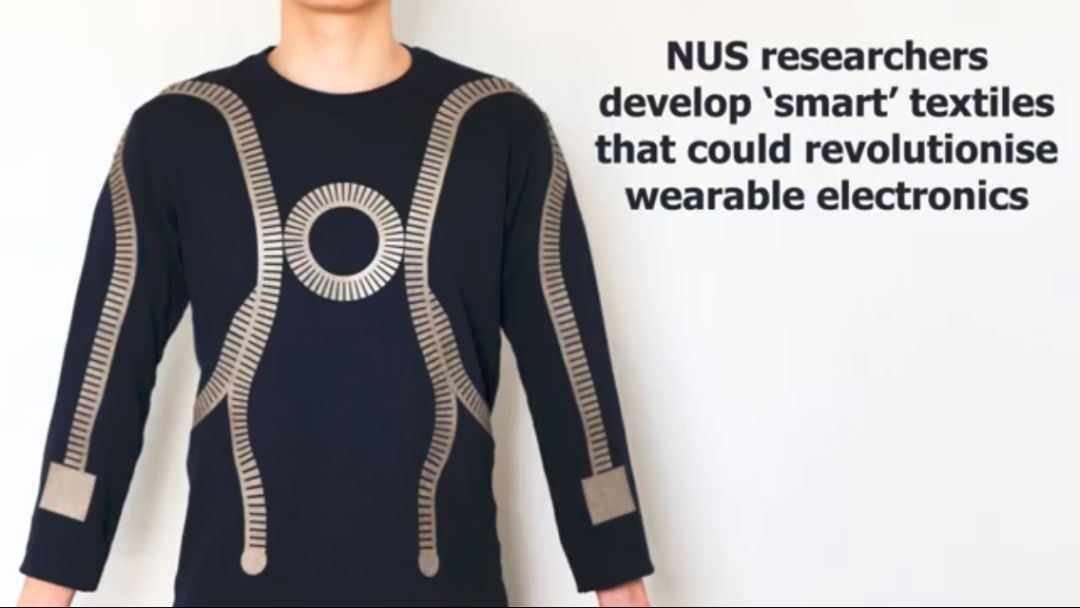
(Image source: NUS)
The team holds a provisional patent for the design of metamaterials in their first year. This design consists of comb-like metamaterial strips located above the clothing, with a non-patterned conductive layer hidden underneath. These strips are then arranged on the clothing in any necessary pattern to connect all areas of the body. The metamaterials themselves are cost-effective, available for just a few dollars per meter, and can be easily purchased in rolls.
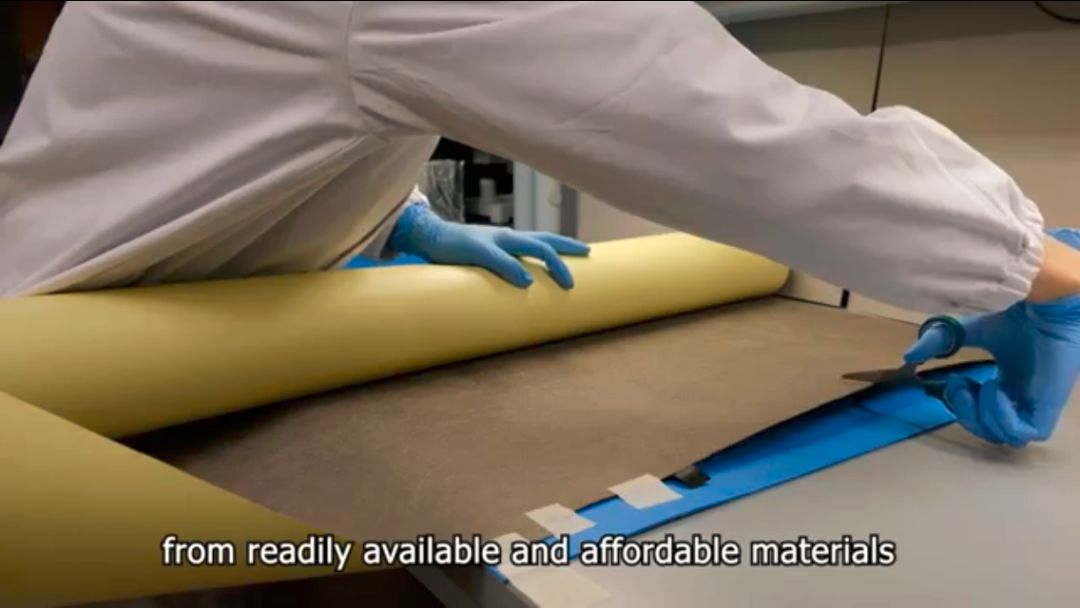
(Image source: NUS)
Professor Ho explained, “We started with a special metamaterial that is not only smooth but also supports surface waves. We had to redesign this structure to work at the different frequencies used by Bluetooth and Wi-Fi, to perform well when close to the human body, and to be mass-produced by cutting thin sheets of conductive fabric.”
The team’s special design was created with the assistance of computer models to ensure successful communication within the radio frequency range and optimize overall efficiency. This “smart” clothing is manufactured using laser cutting technology and these strips are adhered using fabric adhesives.

(Image source: NUS)
Once these “smart” garments are made, they are highly durable. They can be folded and bent with very minimal signal loss. The conductive strips can even be cut and torn without affecting wireless functionality. These garments can be washed, dried, and ironed like regular clothing.
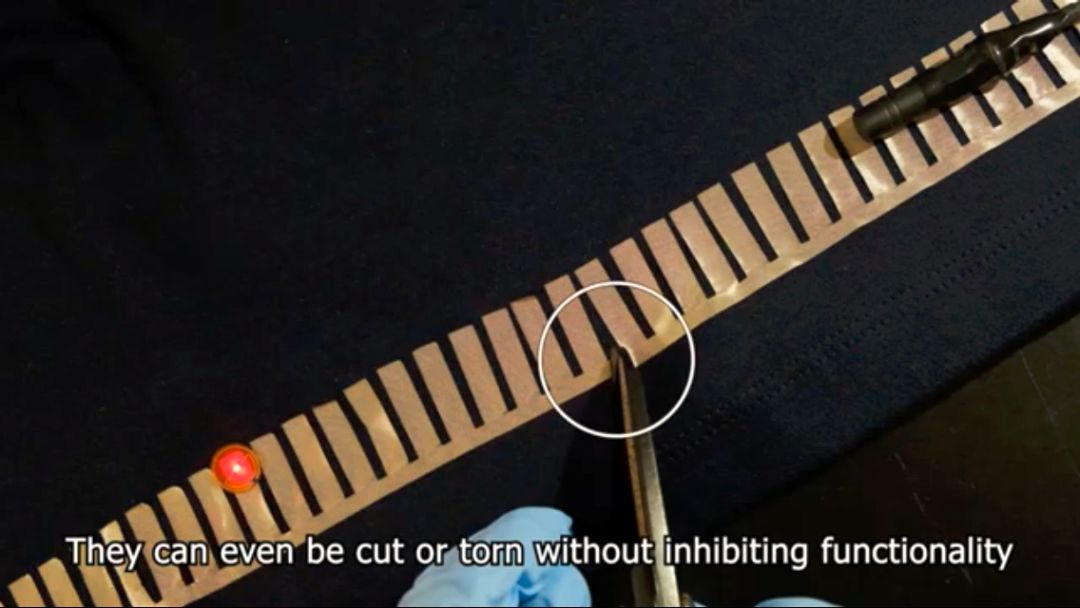
(Image source: NUS)
Value
Professor Ho stated, “This innovation brings perfect transmission between devices, reducing power levels to one-thousandth of before. In other words, these metamaterial fabrics can enhance the received signal by a thousand times, thus providing significantly higher data rates at the same power level.”
In fact, the signals between devices are so strong that it may be possible to wirelessly transmit power from a smartphone to the device itself, opening the door for battery-free wearable devices.
The key is that this signal enhancement does not require any changes to smartphones or Bluetooth devices; the metamaterials are applicable to any existing wireless devices operating on customized frequency bands.
This creative way of networking devices is also more private than traditional methods. Currently, radio wave transmission signals can reach several meters beyond the wearer of the device, meaning that private and sensitive information is vulnerable to potential eavesdroppers. Professor Ho and his team have created a more secure network by limiting wireless communication signals to within 10 centimeters of the body.
Future
The team is in discussions with potential partners to advance the commercialization of this technology. In the near future, Professor Ho hopes to test the “smart” clothing as specialized sportswear or hospital patient gowns to monitor performance or health status. The potential applications are vast, from measuring vital signs without affecting a patient’s freedom of movement, to adjusting the volume of an athlete’s wireless headphones with a single hand motion.
Professor Ho stated, “We envision endowing sportswear, medical garments, and other clothing with this advanced electromagnetic functionality to enhance our perception and interaction with the surrounding world.”
Keywords
Wireless Communication, Wearable Technology, Metamaterials
References
【1】Debayan Das, Shovan Maity, Baibhab Chatterjee, Shreyas Sen. Enabling Covert Body Area Network using Electro-Quasistatic Human Body Communication. Scientific Reports, 2019; 9 (1) DOI: 10.1038/s41598-018-38303-x
【2】https://www.nature.com/articles/s41928-019-0257-7#article-infoes
【3】http://news.nus.edu.sg/research/nus-innovation-boosts-wireless-connectivity-1000-times

For more cutting-edge technology, please click “Read Original”.